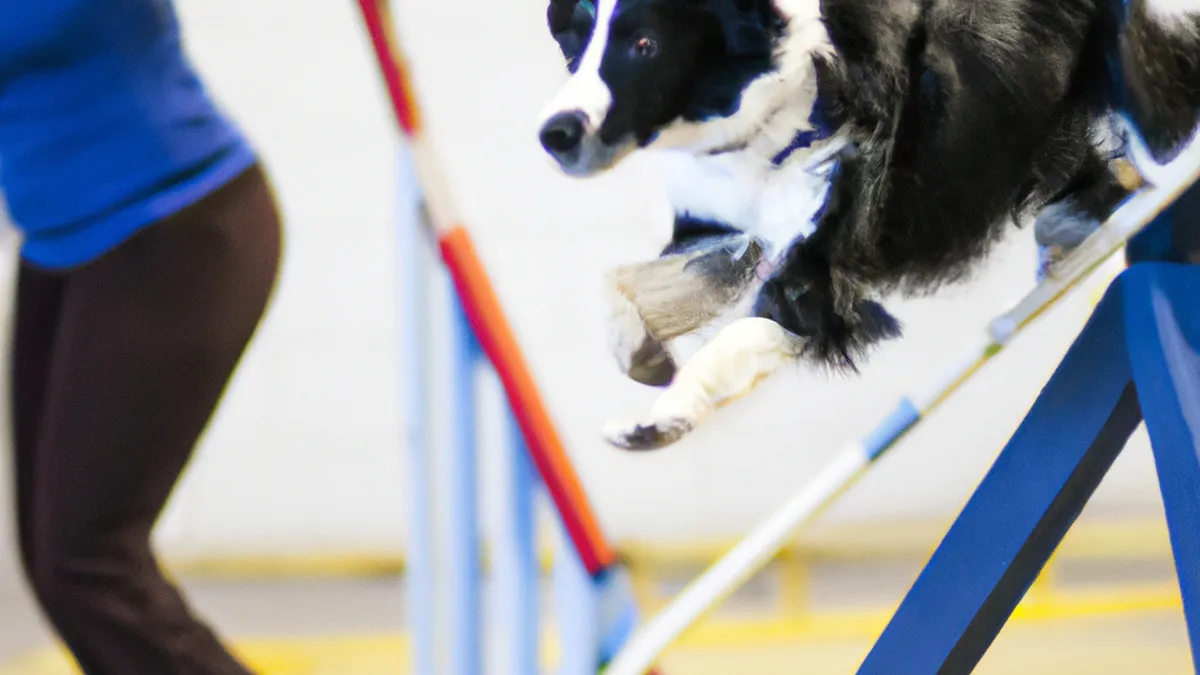Rebound Stronger: The Recovery Advantage
The Role of Active Recovery in PlyometricsPlyometrics improves strength, power, and speed through dynamic exercises. Box jumps, depth jumps, and bounding help athletes enhance performance. To maximize plyometric benefits, athletes should integrate active recovery. Active recovery aids muscle recovery, enhances performance, and reduces injury risk. Understanding active recovery optimizes plyometric training and helps athletes achieve their goals.
Understanding Active Recovery
Active recovery involves low-intensity exercises between or after intense workouts. These exercises maintain blood flow, reduce soreness, and promote recovery. Instead of resting completely, athletes perform light activities that prevent strain. Common active recovery forms include jogging, cycling, swimming, and dynamic stretching. These movements engage the body while supporting recovery, crucial for maintaining physical condition.
Why Choose Active Recovery?
Active recovery offers advantages over passive recovery. It facilitates the removal of metabolic waste, such as lactic acid, from muscles. This process is vital after high-intensity plyometric exercises that cause soreness and fatigue. Low-intensity activities enhance circulation and speed up recovery.Active recovery keeps muscles warm, reducing stiffness and improving flexibility. Warm muscles lower injury risks, especially in high-impact sports. Additionally, active recovery supports mental focus, allowing athletes to stay engaged without completely disengaging from training.
Incorporating Active Recovery into Plyometric Workouts
As an Amazon Associate I earn from qualifying purchases.
Gear tip: consider compression sleeves, compression socks, and percussive massager to support this topic.
Integrate active recovery into plyometric routines easily. Schedule recovery periods between sets of plyometric exercises. For instance, after box jumps, an athlete might jog in place or perform light dynamic stretches. This keeps the heart rate elevated while allowing muscle recovery.Aim for 30-60 seconds of active recovery between sets. Engage in light movements that do not overly strain the body. This strategy maintains power and explosiveness in subsequent sets, maximizing plyometric training benefits.
Tips for Effective Active Recovery
1. **Listen to Your Body**: Athletes should monitor fatigue levels. If feeling tired, extend active recovery time for a more effective and safe training session.
Conclusion
Active recovery plays a vital role in enhancing plyometric training and athlete performance.
Below are related products based on this post:
FAQ
What is active recovery?
Active recovery involves performing low-intensity exercises between or after intense workouts. These exercises help maintain blood flow, reduce soreness, and promote recovery without complete rest.
Why is active recovery beneficial for plyometric training?
Active recovery helps remove metabolic waste from muscles and enhances circulation, which speeds up recovery. It also keeps muscles warm, reducing stiffness and lowering injury risks associated with high-impact activities.
How can I incorporate active recovery into my workouts?
To incorporate active recovery, schedule recovery periods between sets of plyometric exercises. Engaging in light activities like jogging or dynamic stretching for 30-60 seconds can help maintain heart rate and facilitate muscle recovery.















Post Comment